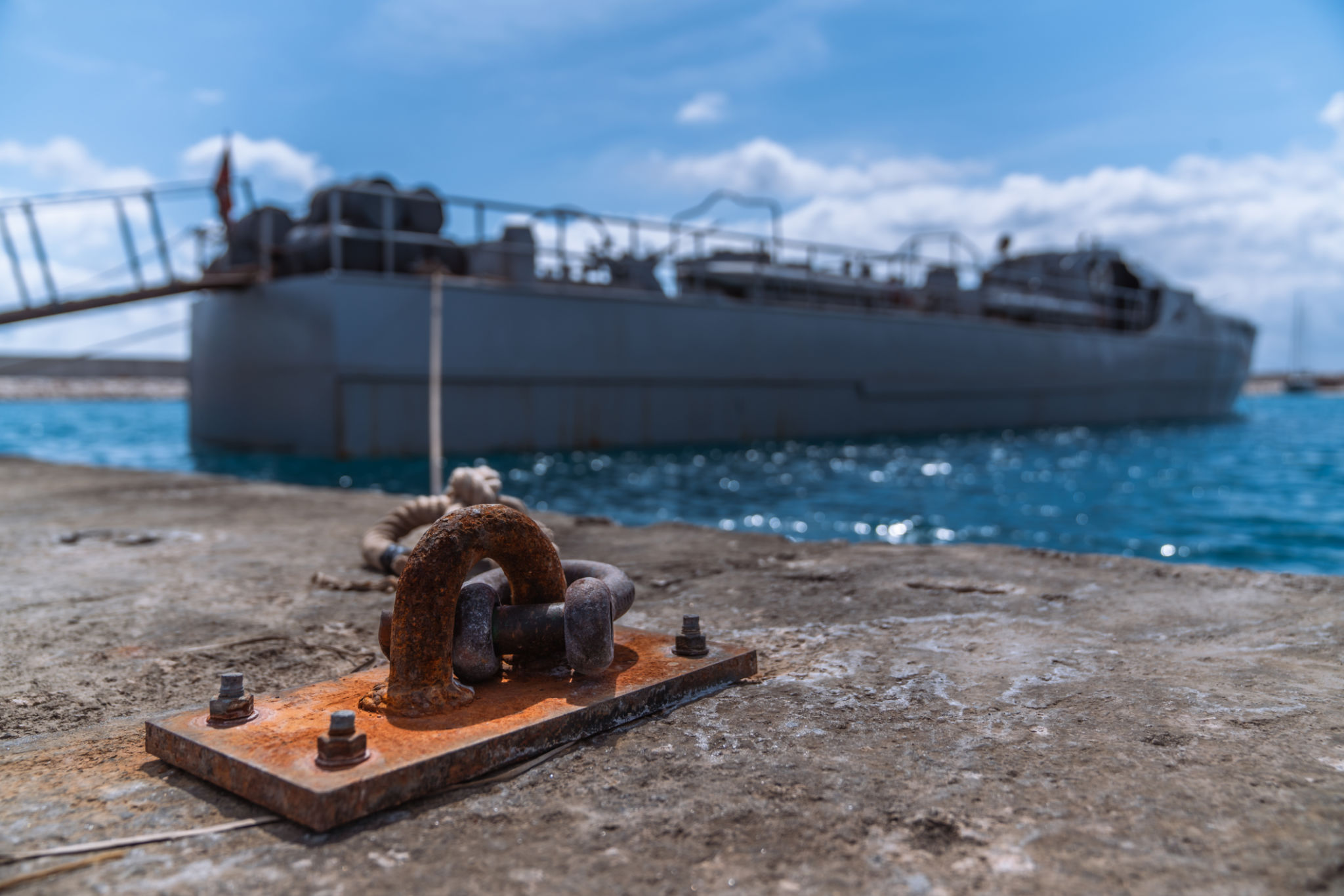How Coastal Challenges Impact High-Rise Structural Integrity in Florida
Understanding Coastal Challenges
Florida, known for its stunning coastlines and tropical climate, is also a region where high-rise buildings must contend with unique challenges. The structural integrity of these buildings is heavily influenced by the coastal environment, which presents several risks that architects and engineers must address.
The primary coastal challenges include corrosion from saltwater exposure, hurricane-force winds, and soil erosion. Each of these factors can significantly impact the durability and safety of high-rise structures. Understanding these issues is crucial for ensuring the long-term viability of these buildings.

The Impact of Saltwater Exposure
One of the most pressing concerns for high-rise buildings near the coast is the corrosive effect of saltwater. The salt-laden air can accelerate the rusting process in metal components, leading to weakened structural elements. This process, known as chloride-induced corrosion, is especially detrimental to reinforced concrete structures, which are common in high-rise buildings.
To mitigate these effects, construction materials and techniques must be carefully selected. Using corrosion-resistant materials and applying protective coatings can help extend the life of these structures. Regular maintenance and inspection are also essential to identify and address any early signs of corrosion.

Weathering Hurricane-Force Winds
Florida's coastal regions are frequently subjected to hurricanes, which bring with them powerful winds that can pose a significant threat to high-rise buildings. These winds can exert tremendous pressure on structures, testing their resilience and design.
Engineers must ensure that buildings are designed to withstand wind loads that exceed typical expectations. This involves using advanced modeling techniques to simulate hurricane conditions and incorporating features such as aerodynamic shapes and reinforced cores.

Dealing with Soil Erosion
Soil erosion is another issue that affects high-rise structures in coastal areas. The shifting and loss of soil can undermine the foundations of buildings, leading to instability and potential structural damage.
To combat this, builders often use deep foundation systems such as piles or caissons that reach bedrock. Additionally, implementing erosion control measures like seawalls or vegetation planting can help stabilize the shoreline.
Ensuring Long-Term Structural Integrity
Addressing these coastal challenges requires a comprehensive approach that combines innovative engineering solutions with regular maintenance. The integration of new technologies, such as sensors that monitor structural health in real-time, offers promising advancements in ensuring the safety and longevity of high-rise buildings in Florida.
The collaboration between architects, engineers, and environmental scientists is crucial in developing strategies that not only meet current needs but also anticipate future challenges posed by climate change and rising sea levels.

Conclusion: A Resilient Future
As Florida continues to grow and develop, understanding how coastal challenges impact high-rise structural integrity remains essential. By investing in research, adopting resilient building practices, and prioritizing maintenance, we can safeguard these towering structures for generations to come.
The commitment to resilient infrastructure not only protects property but also ensures the safety and well-being of communities living along Florida's beautiful coastlines.
